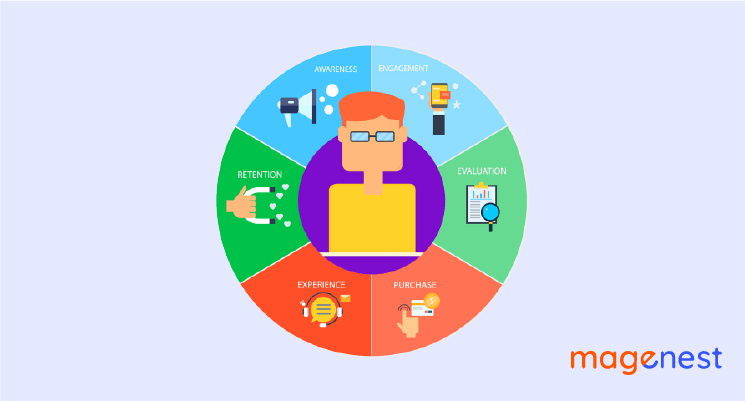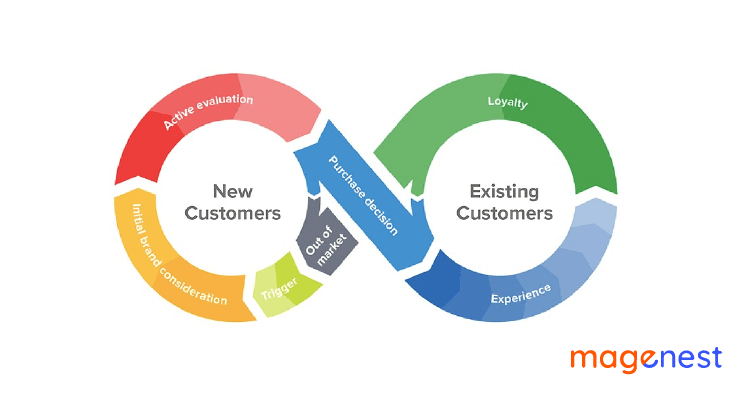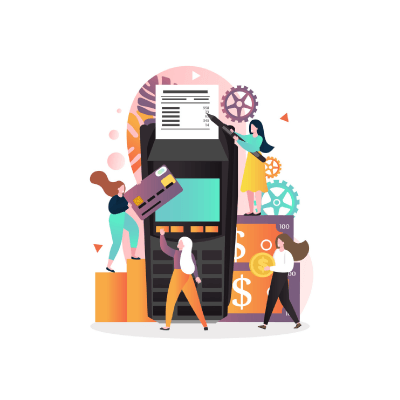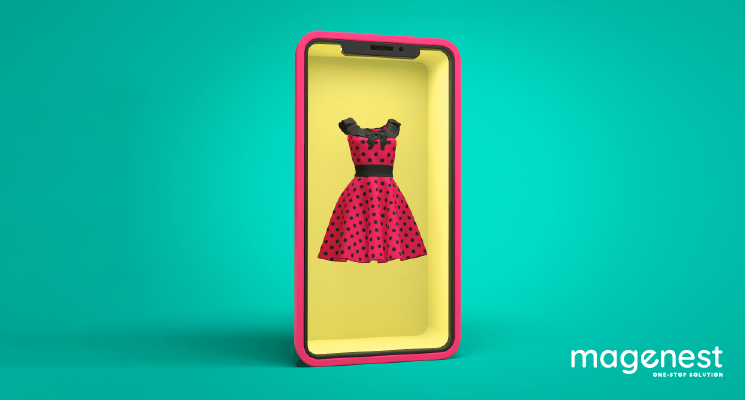One of the determining factors to grow your business is to completely understand the customer’s journey as they start to know your business, develop an affinity for your products and services, and become your own brand advocate at the end of the day.
With a great understanding of the customer journey from their perspective, you will learn how to navigate them from stage to stage in that journey.
This is also the essence of customer life cycle management. Execute marketing activities that actively drive consumers across the customer life cycle phases will facilitate your business growth.
What is customer life cycle management?
To start with, let’s have a look at a term that’s apparently on your mind: what is the customer life cycle?
Just imagine that a lifecycle is something that every living being has in common, from the insects on the ground to the birds in the trees and even to humans. In essence, a lifecycle talks about the beginning of a process until its end in association with all the steps in between.
That is, what does the life cycle mean from the perspective of Customer Life Cycle Management (CLM)?
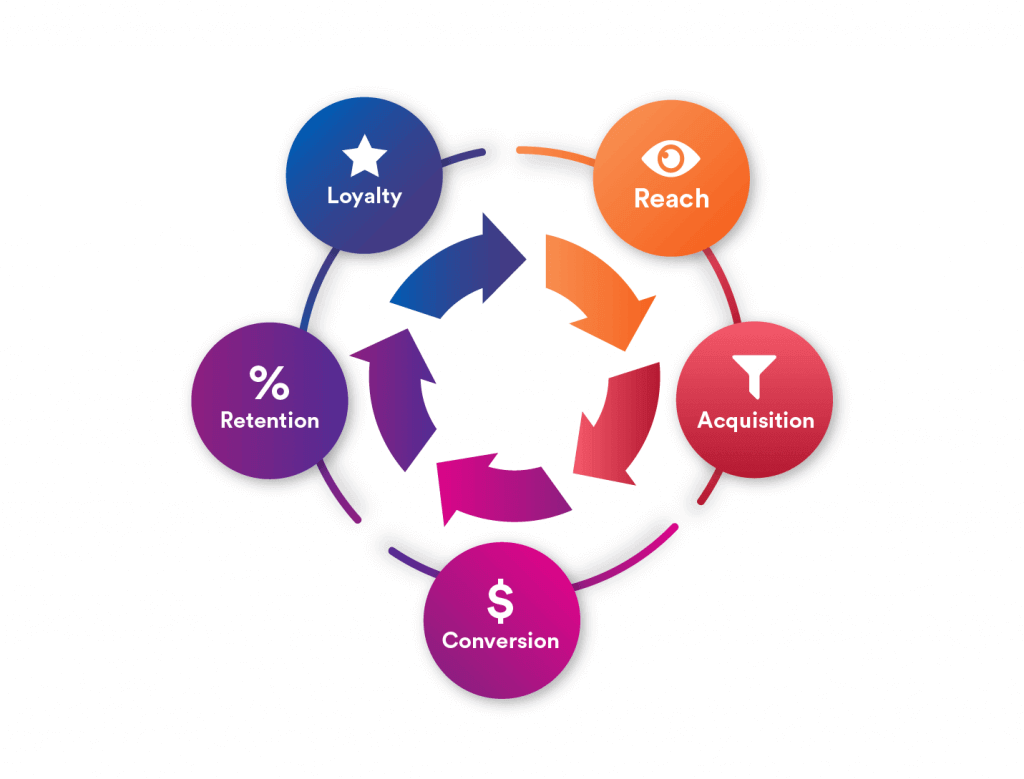
In CLM then, the life cycle would be the kickoff of your customer’s journey— from the moment they first raise the awareness of your brands — to making purchases and expecting to restart the journey and become a brand advocate over the long term.
After gaining a deeper understanding of what a life cycle means, we can go back to explaining what is customer life cycle management and find out why Customer Lifecycle Management can be rewarding for every business.
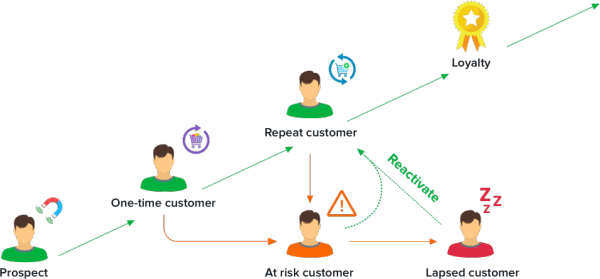
CLM, which stands for Customer Lifecycle Management. It may be a single tool, or even multiple tools depending on the needs of each company. Through these tools, you will be given the opportunity to glean pertinent metrics that are valuable to your company in improving the brand reputation, creating higher rates of CLM for customer success, and making every customer journey a more satisfying experience.
Customer Life Cycle Management Stages
The basic customer life cycle model has more than one cycle or stage. It can be broken down into five distinct stages: reach, acquisition, conversion, retention, and advocacy. Now, let's focus on the role of management in each stage:
#1 Reach
The first in the customer life cycle management stages is the “reach”- awareness - when a consumer is first aware of your business offerings.
Customers can find your business in many ways, either coming across your business in the search engine results, or seeing your business advertisement, or gaining a referral via word of mouth. Every potential will start at this stage so it is typically considered the most important one in all customer life cycle management stages.
Hence, to better manage this stage, you need to make sure any outreach to prospects is done in a planned, coordinated manner. A small business marketing plan will need to be built. Think about your product positioning then consider which small business marketing tactics you want to leverage as part of your marketing plan. It can also be the most expensive for your business from a cost per acquisition perspective, especially if you run ads to raise awareness among your target audience of consumers.
Techniques to better Customer Life Cycle Management:
- Collect data: set up a means to capture data, this data collection can be as simple as asking customers what they heard of your business.
- Use different tactics: Try various methods to acquire new customers and test to know the effectiveness of each tactic.
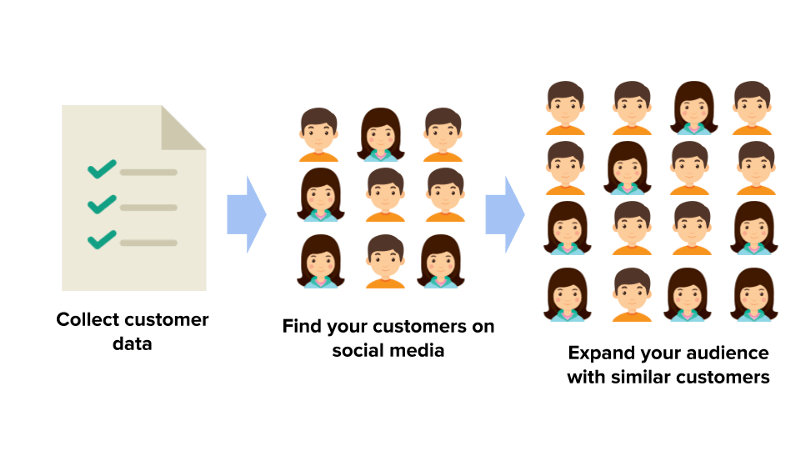
#2 Acquisition
In the consideration stage, the consumer has already known about your business and is now starting to collect information to weigh the offerings’ pros and cons, then compare to your competitors.
Consumers will use your website as the primary means of deciding whether or not to buy. To encourage the prospect, your business website should be set up to engage with the customer in a simple and genuine way in order to get them to enter your sales funnel.
Suggestions for Customer Life Cycle Management success.
- Leverage a CRM: CRM software is key to the success of many businesses. It can inject personalized messaging at large scales and also segment customers into the different stages of the customer life cycle, making it much more simple to track customer interaction.
- Offer access to information: necessary information about your products or services which helps customers make decisions is required. Also, make sure your website design is laid out to facilitate a smooth, engaging experience (leverage a content management system (CMS), create landing pages, …)
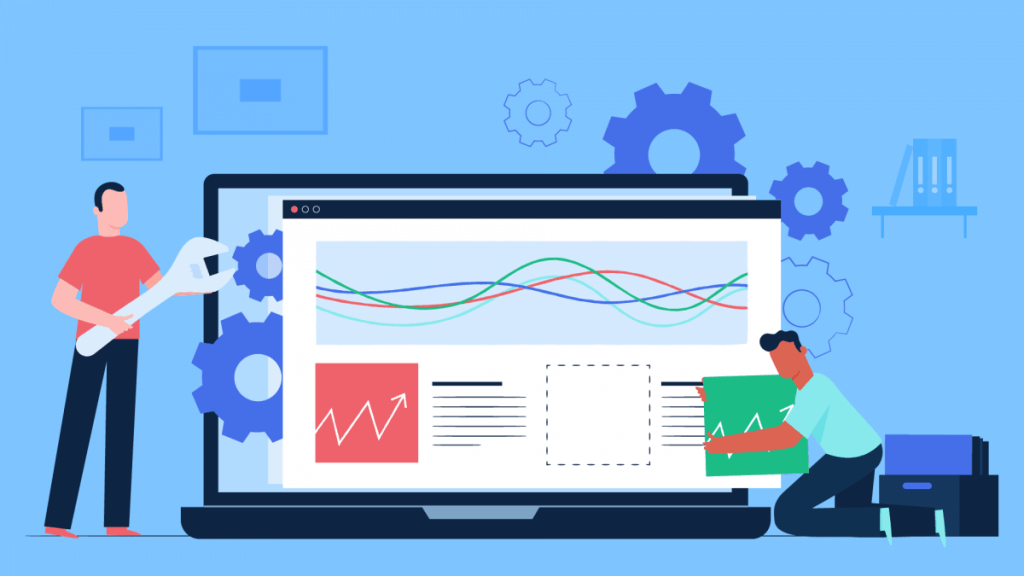
- Offer a carrot: To move customers to the next stage, give them some type of “carrot" for entering your sales funnel (maybe a discount, promotion,…)
#3 Conversion
After evaluating your offerings, a prospect turns into a customer and decides to buy from you. Yet, the purchase is not guaranteed, especially if you are running an eCommerce business because the customers are more likely to abandon their digital shopping cart.
Therefore, you need to find and fix the points where customers are getting stuck or where they drop off before completing the purchase.
Some Customer Life Cycle Management Tactics:
Even when you receive a sale, it’s not time to rest on your laurels. With a CRM system, customers will be motivated to come back. Here are some suggestions:
- Gather more data: A CRM, during the earlier stages, can collect data of the segment which is more likely to make a purchase so you can target them easier.
- Reduce purchase barriers: Adding functionality to your website can help eliminate barriers for customers to make a purchase. For instance, through a chat box, customers can regularly ask questions and receive a quick response.
- Apply follow-up: adopt some software that automatically follows up to remind customers who abandoned items to complete their purchase in their digital shopping carts.
#4 Retention
This phase focuses on deepening the relationship with the customer to encourage them to buy from you again. Your management software will hit the spot to keep all customer data in one place and keep them engaged in your business by follow-ups, reminders, and promotions.
Employ these techniques in Customer Life Cycle Management:
- Provide support service: include FAQs and other useful documentation on your website, reach out to them through email or phone call to answer questions about their purchase.
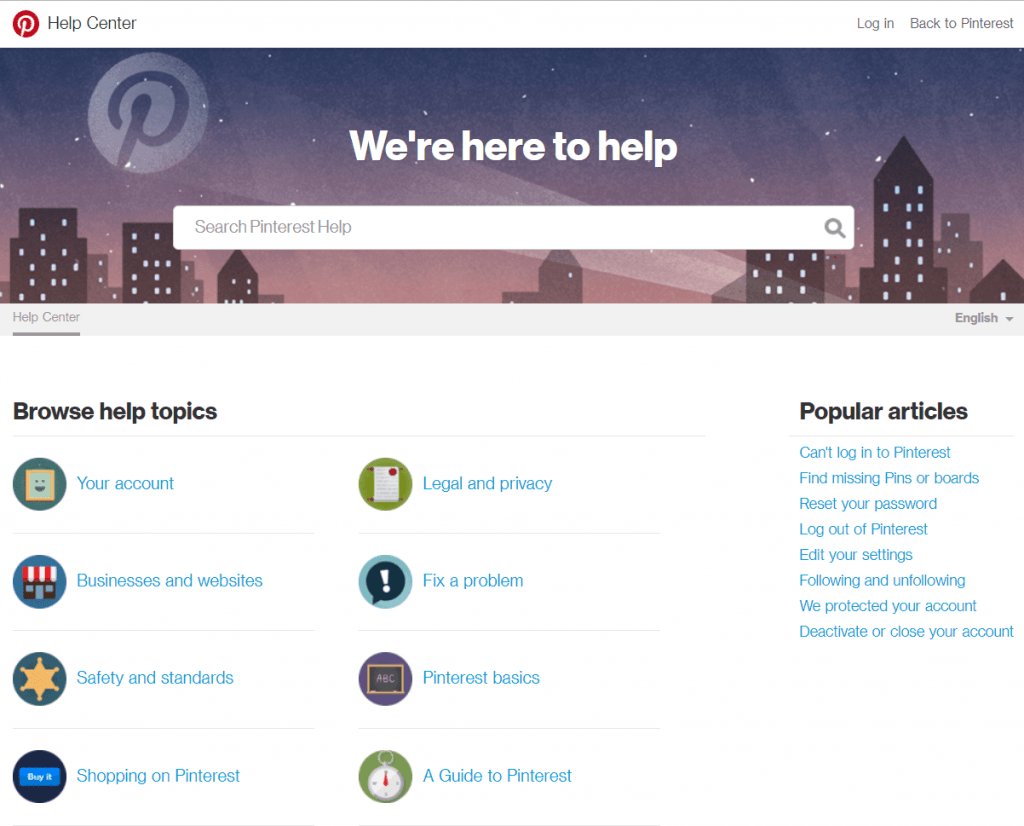
- Personalize messages: suggest related products based on what the customer bought previously by a tracking CRM.
- Encourage extra sales: evoke additional purchases by certain types of follow-up, however, avoid too-frequent technique or else it will stop working because of customer fatigue.
#5 Advocacy
The last stage is when a customer becomes so interested in your brand that they become brand advocates. They may recommend your business to their associates, which not only creates additional sales but also broadens your customer base.
Deal with Customer Life Cycle Management:
It takes a lot of time and effort to shape brand loyalty. Once a customer reaches the last level, they may prefer to be transferred to a special list once they receive incentives to keep them proactively engaged in your business.
- Carry out a loyalty program: customers will be rewarded for accumulating points through purchases.
- Carry out a referral program: customers will be rewarded for bringing in new business.
Final advice about the Customer Life Cycle Management
Once you've understood what is customer life cycle management, have set up your strategies for each stage of your customer life cycle, you may prefer to go back to prove whether or not they are working to drive customers from stage to stage.
Through constant advancement and optimization of your approach in each stage of the Customer Life Cycle Management, you can build up a broad base of loyal customers who will advocate on behalf of your company since they enjoy the experience of purchasing from you.



